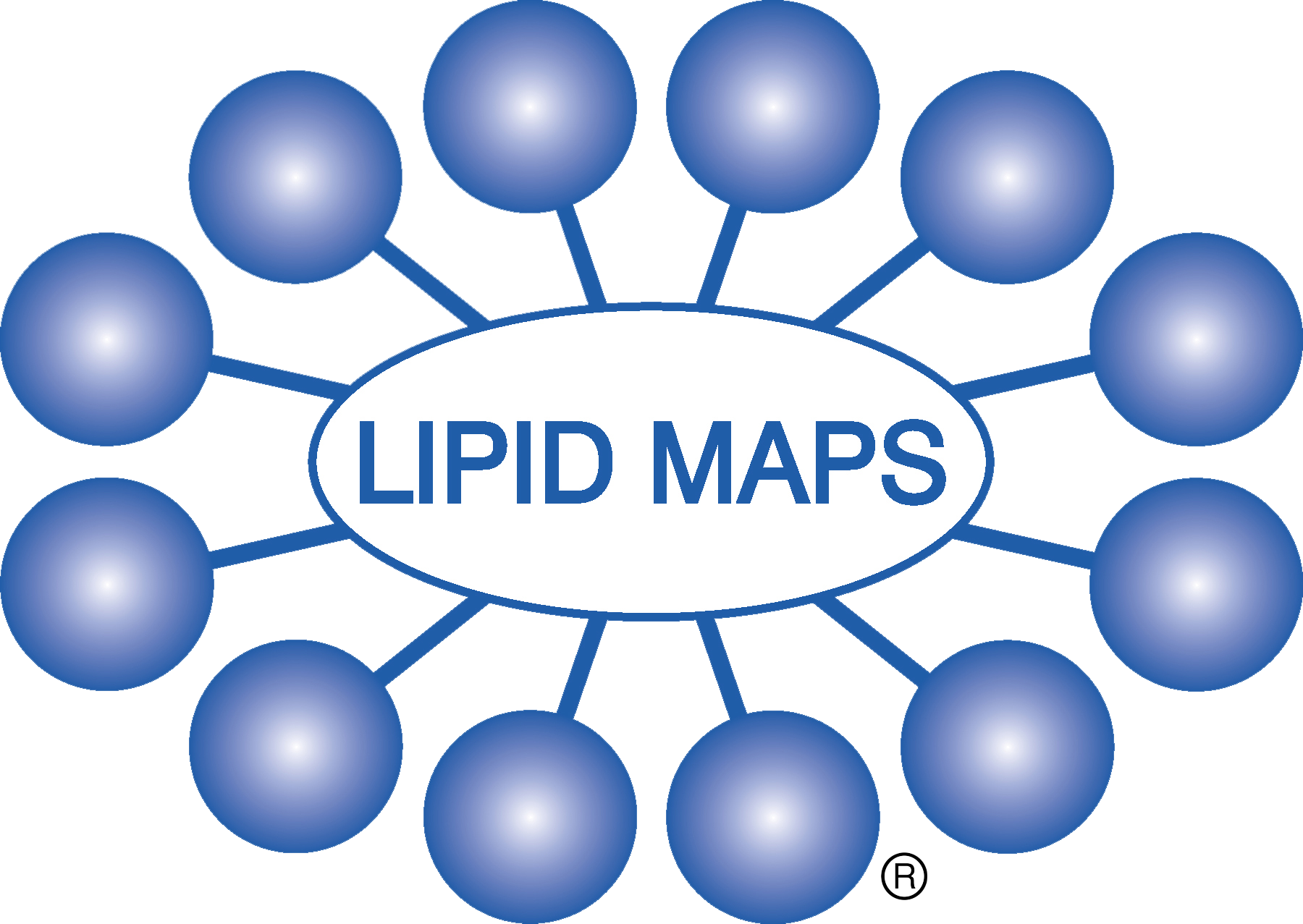
BioPAN
Biosynthetic pathway analysis from lipidomics dataset
Description
BioPAN combines lipid profiles (lipidome), with current knowledge of lipid metabolism using a statistical functionality. BioPAN compares two biological conditions to identify systematic changes in lipid pathways at different levels (lipid subclass and lipid molecular species). Lipid pathway changes are presented in an interactive graphical display and results of most likely active or supressed lipid transforming genes modulated by an experiment are provided. BioPAN provides a biological insight of mammalian reaction information to generated hypotheses that can be experimentally tested.
Technical Information
Publications:
PMID:33564392
Training datasets:
Documentation and user guide:
Download / Web-service link:
Source code repository:
Programming languages:
R
Platforms:
Windows,
Linux,
MacOS
Output formats:
TXT,
For graphs content and for results tables
JSON,
For graphs content
JPEG,
PNG,
SVG
Input formats:
CSV
Web platform:
Yes
Desktop client:
No
CLI:
No
GUI:
Yes
License:
GNU GPL 3.0 (Academic)
Tasks
7.3)
Pathway and network solutions
Data visualization:
Interactive pathway graphs comprising regulated lipids and reactions; available at lipid subclass, lipid molecular species, and fatty acid levels
Links to other databases:
LIPID MAPS LMSD
Links to related genes proteins:
Predicted genes
Pathway mapping strategy:
Altered pathway reactions are classified as activated/supressed with direction shown; based on a Z-score, which considers the mean and standards deviation of lipid quantities. Z-scores are used to rank the reactions and whether a particular reaction is significantly changed between control and a treated condition.
Pathway editing:
NA
Covered species:
Mammals (the user can make use of biochemistry and lipid metabolism to check if the obtained genes are conserved across species).
Available biopathways:
Main lipid biosynthesis and remodelling pathways (e.g. de novo lipogenesis, de novo sphingolipids, and cholesterol biosynthesis).
Additional requirements:
Quantitative (absolute/relative) lipidomics data
Input style:
Multiple annotations and IDs (automatically converted via LipidLynxX plug-in)